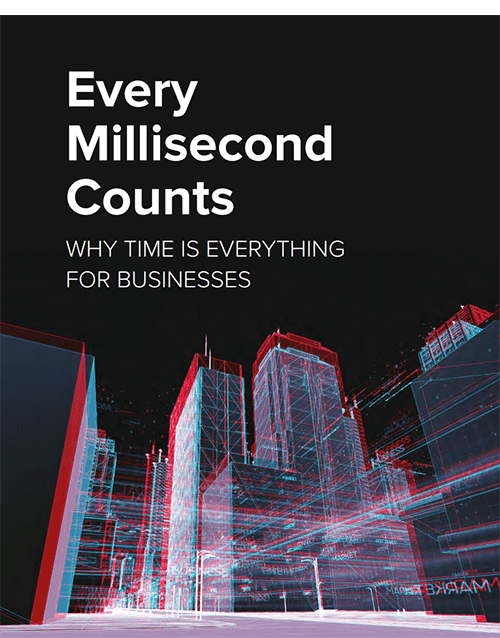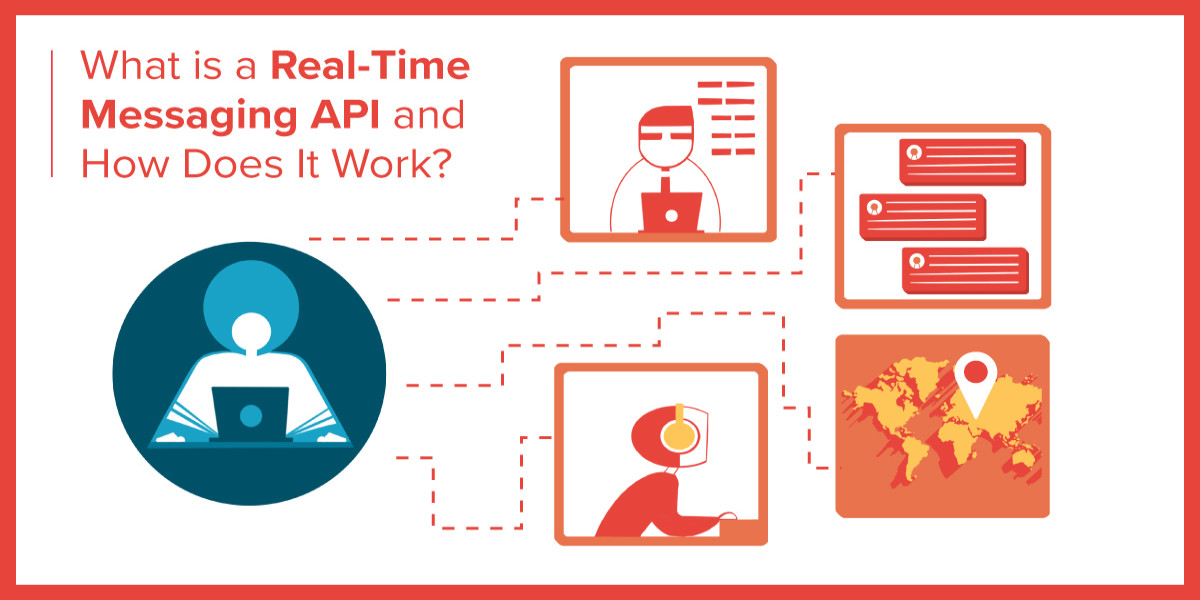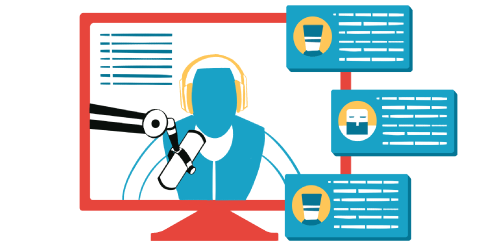What is an OSI model? Networking
The OSI (Open Systems Interconnection) model is a conceptual framework that standardizes the functions of a telecommunication or computing system into seven layers: Physical, Data Link, Network, Transport, Session, Presentation, and Application. It facilitates alignment between different networking technologies and communication protocols, ensuring interoperability, troubleshooting, and education in network systems.
Physical Layer: processing the physical connection between devices, including the transmission and reception of raw bitstreams over a physical medium (e.g., cables, radio frequencies).
Examples: Ethernet cables, fiber optics, radio frequencies, network interface cards (NICs).
Data Link Layer: handles the node-to-node delivery of data. It is responsible for error detection and correction from the physical layer & frame synchronization.
Examples: Ethernet, Wi-Fi (IEEE 802.11), MAC addresses, switches, and bridges.
Network Layer: responsible for routing data packets across the network and managing logical addressing (IP addresses). It determines the best path for data transfer.
Examples: IP (Internet Protocol), routers, ICMP (Internet Control Message Protocol).
Transport Layer: ensures reliable data transfer between end systems. It provides error recovery, flow control, and data segmentation and reassembly.
Examples: TCP (Transmission Control Protocol), UDP (User Datagram Protocol).
Session Layer: manages sessions or connections between applications. It establishes, maintains, and terminates connections.
Examples: NetBIOS, PPTP (Point-to-Point Tunneling Protocol), RPC (Remote Procedure Call).
Presentation Layer: translates data between the application layer and the network. It is responsible for data encryption, compression, and translation of data formats.
Examples: SSL/TLS (Secure Sockets Layer/Transport Layer Security), JPEG, GIF, MPEG.
Application Layer provides network services directly to end-users and applications. It is responsible for application-specific functions such as email, file transfer, and web browsing.
Examples: HTTP (Hypertext Transfer Protocol), FTP (File Transfer Protocol), SMTP (Simple Mail Transfer Protocol), DNS (Domain Name System).
Key Benefits of the OSI Model:
Standardization: Provides a universal set of standards that help ensure different types of network hardware and software can communicate.
Interoperability: Facilitates the interoperability of diverse communication systems with standard protocols.
Modularization: Each layer is independent, allowing for changes or upgrades to one layer without affecting others.
Troubleshooting: Simplifies diagnosing processes and troubleshooting network issues with a clear separation of functions.
Learning and Teaching: Provides a structured approach for understanding complex networking concepts, which is beneficial in educational settings.
Alternative networking models to Open Systems Interconnection
TCP/IP Model (Internet Protocol Suite)
The most widely used model in networking today, developed by the US Department of Defense (DoD).
It consists of four layers:
Application Layer: Corresponds to the OSI Application, Presentation, and Session layers.
Transport Layer: Similar to the OSI Transport layer, handling end-to-end communication and error recovery.
Internet Layer: Corresponds to the OSI Network layer, responsible for logical addressing and routing.
Link Layer: Combines the OSI Data Link and Physical layers, handling hardware addressing and physical data transmission.
Network Function Virtualization (NFV) Framework
Focuses on decoupling network functions from proprietary hardware appliances so they can run in software. NFV aims to transform how network operators design, deploy, and manage networking services by virtualizing network functions.
NFV is often implemented alongside Software-Defined Networking (SDN).
Software-Defined Networking (SDN) Architecture
Separates the network control plane from the data plane, allowing more flexible and manageable network configurations.
SDN has three layers:
Application Layer: Network applications and services.
Control Layer: The SDN controller, which manages flow control to the networking devices.
Infrastructure Layer: Physical network devices, including switches and routers.
Five-Layer Model
A simplified version of the OSI model, often used in education.
The five layers are:
Application Layer: Similar to OSI Application, Presentation, and Session layers.
Transport Layer: Manages end-to-end communication.
Network Layer: Manages logical addressing and routing.
Data Link Layer: Handles physical addressing and error detection.
Physical Layer: Manages the physical medium of communication.
Three-Layer Model
Simplification of the OSI model, is used for educational purposes.
The three layers are:
Application Layer: Encompasses OSI layers 5-7.
Transport Layer: Corresponds to the OSI Transport layer.
Network Layer: Combines OSI layers 1-3.
ATM (Asynchronous Transfer Mode) Model
A network protocol that encapsulates data into fixed-sized cells and is designed for high-speed networks.
The ATM model consists of three layers:
Physical Layer: Similar to OSI Physical layer.
ATM Layer: Manages the cell relay across the network.
ATM Adaptation Layer (AAL): Adapts higher-layer protocols for ATM.


